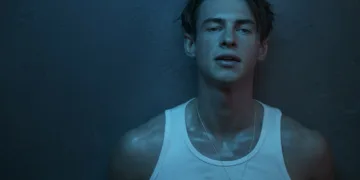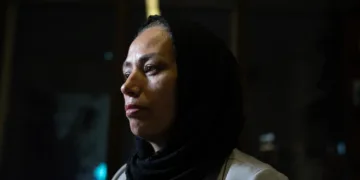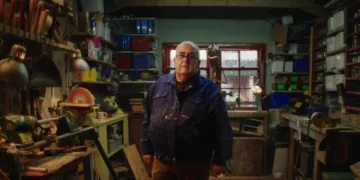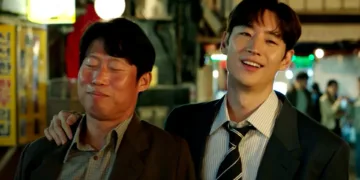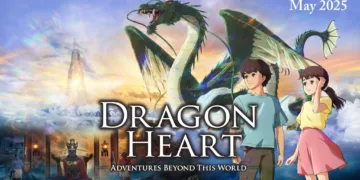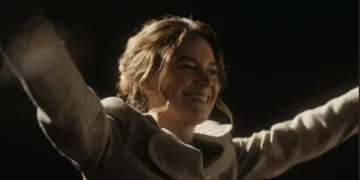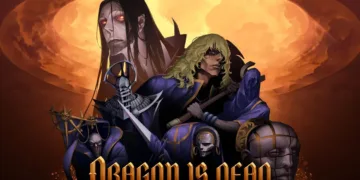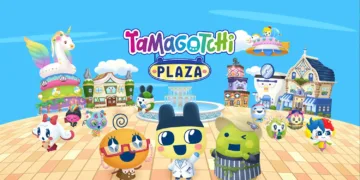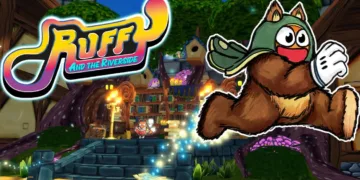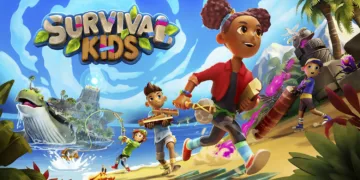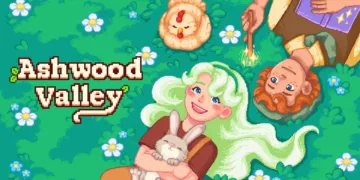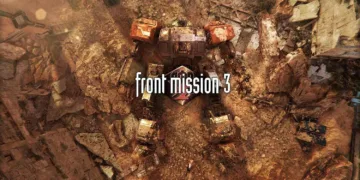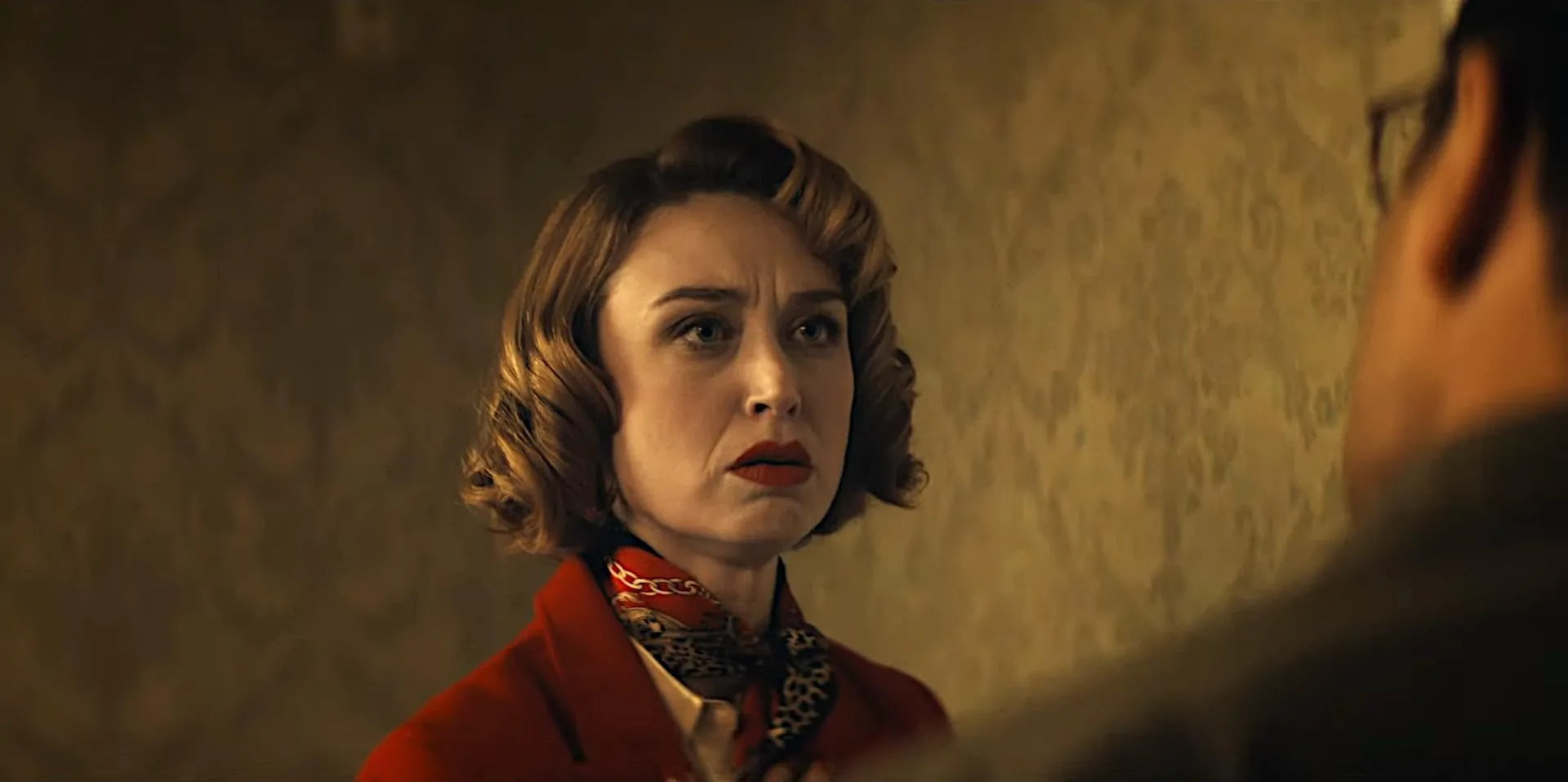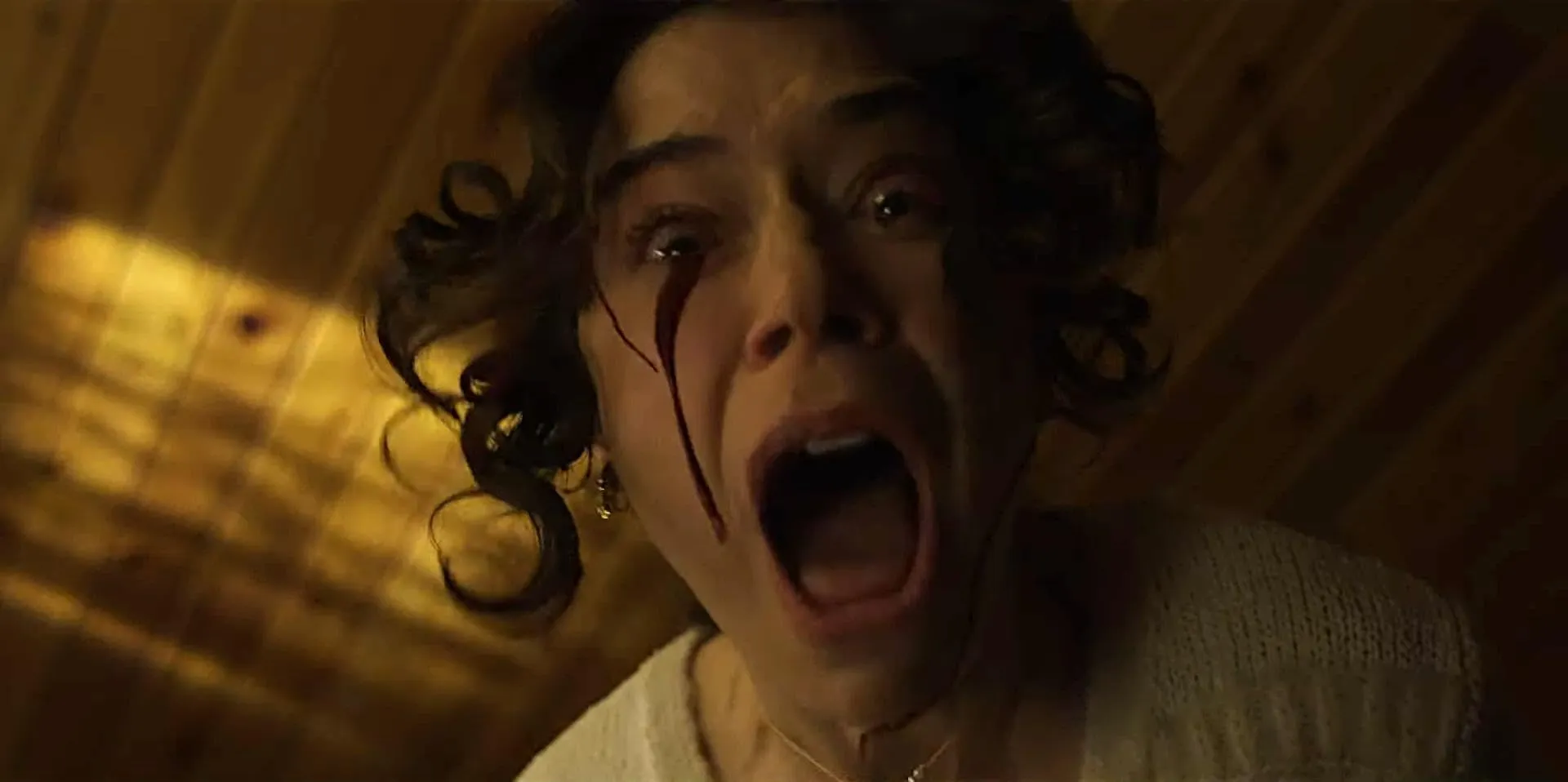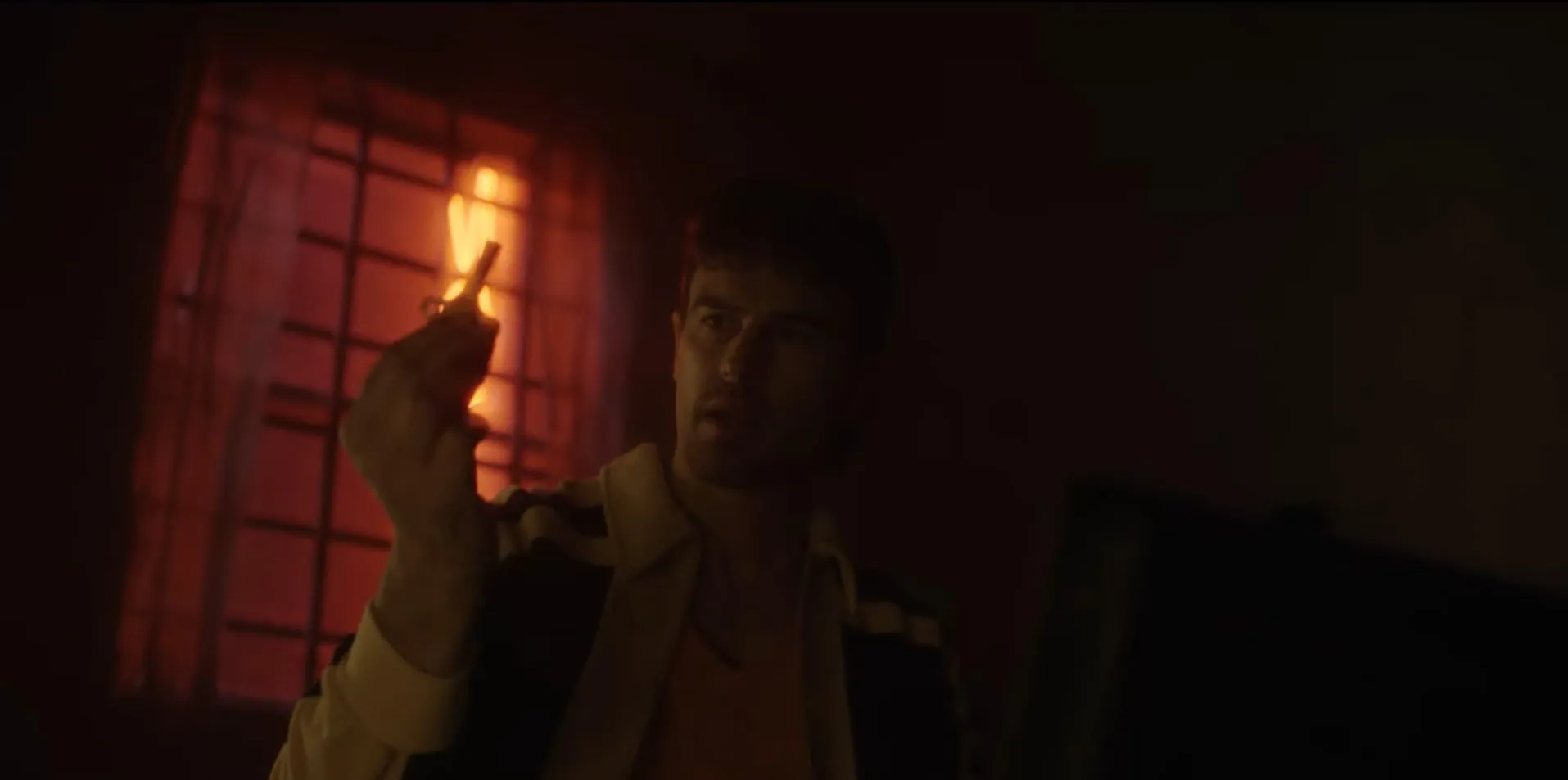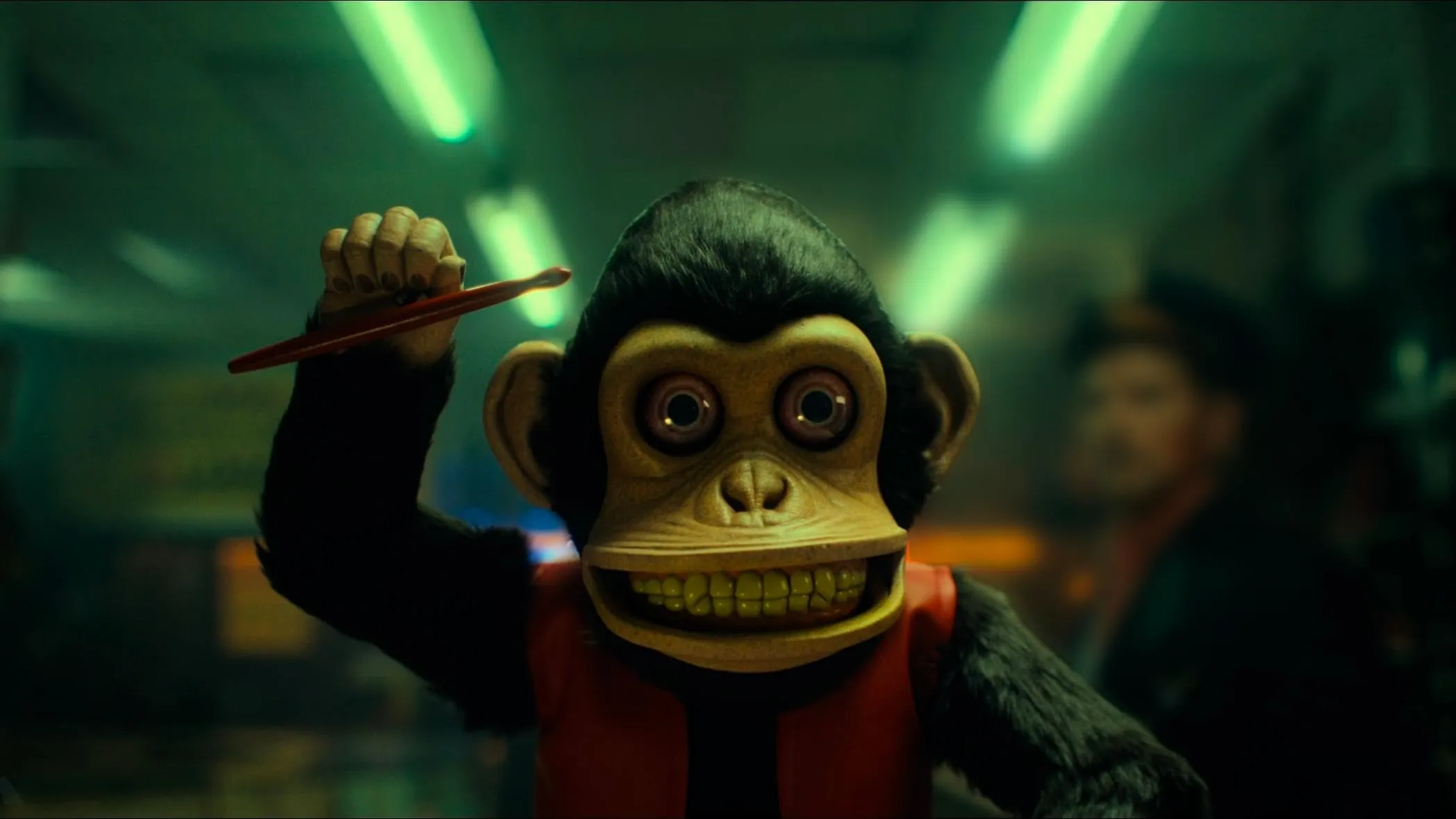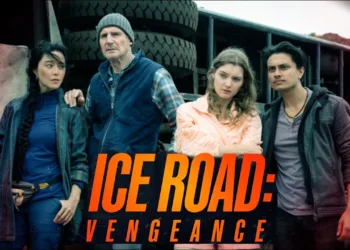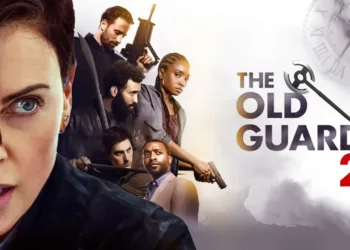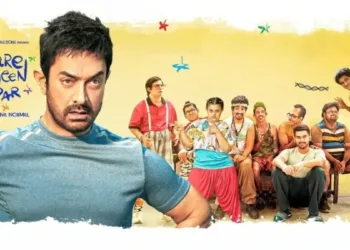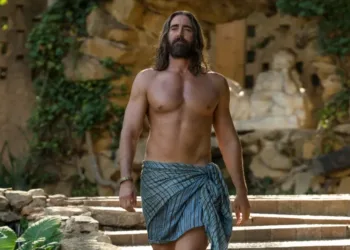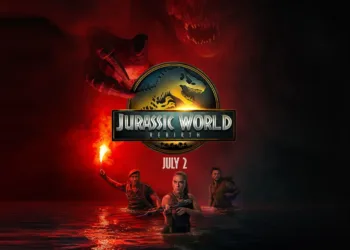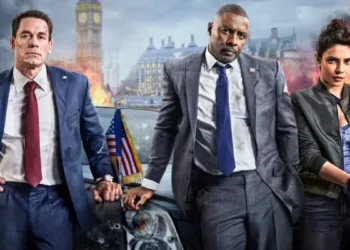Osgood Perkins’ The Monkey, an adaptation of Stephen King’s short story, examines the conflict between tradition and modernity through grotesque humor and chilling horror. The film delves into profound themes—death, trauma, and family breakdown—through an American horror-comedy that speaks to global viewers. The cursed toy monkey represents generational pain, a concept that echoes across different cultural perspectives on inherited struggles.
The film’s narrative weaves slapstick humor with visceral violence, reminiscent of movies like Final Destination, where unexpected deaths occur with a chaotic rhythm. Perkins crafts deaths that are simultaneously grotesque and comedic, creating a cinematic experience that extends beyond American storytelling, exploring deeper human experiences of mortality.
The Monkey transcends traditional horror boundaries. Its exploration of familial trauma and death creates a provocative dialogue that connects with viewers worldwide. Dark humor and absurdity challenge cultural limitations, presenting death as both an unavoidable and ridiculous human experience that resonates across different cultural landscapes.
Striking a Balance: Blending Horror, Comedy, and Gore in The Monkey
Osgood Perkins’ The Monkey crafts a provocative fusion of horror and comedy, balancing grotesque violence with absurd humor. The film’s approach to death reveals a distinctive cultural perspective, presenting mortality as both inescapable and ridiculous.
The opening prologue establishes a tone that transforms a potential horror moment into an exaggerated comic scene—an early death by harpoon shocks viewers while highlighting the film’s twisted comedic sensibility. This technique echoes American horror-comedy styles that intertwine terrifying and comical elements.
Dark humor drives the film’s core appeal. Similar to Final Destination movies, The Monkey orchestrates inventive, Rube Goldberg-style deaths that shock and amuse. Each violent moment combines creative brutality with unexpected comedy, revealing death’s chaotic nature as simultaneously frightening and laughable. Perkins’ careful treatment prevents the film from sinking into darkness while avoiding pure parody. The result challenges viewers’ perceptions of horror and humor.
Perkins infuses The Monkey with a distinctive visual style. Frantic pacing creates rapid transitions between terror and comedy, mirroring the unpredictable nature of the story and the toy monkey. This approach keeps audiences uncertain—unsure whether to laugh or recoil. Absurd plot points, like a fatal hibachi knife attack, expand the film’s emotional reach. The narrative speaks to shared human experiences of fear and randomness, exploring how humor and mortality intersect across cultural boundaries.
Characters and Performances: Anchoring the Absurdity in The Monkey
The relationship between twin brothers Hal and Bill forms the core of The Monkey, generating emotional and comedic tension. A sharp contrast exists between Hal’s shy, sensitive self and Bill’s extroverted, often cruel personality.
Christian Convery portrays the childhood versions, revealing their distinct characteristics—Hal quiet and reflective, Bill aggressive and dominating their shared experiences with the monkey. This division creates an emotional foundation that extends into their adult years, where Theo James embodies both characters. Their transition reveals a deep struggle with a traumatic legacy that has shadowed their existence.
Theo James delivers a remarkable performance, capturing the emotional complexity of two contrasting personalities. Hal emerges as a withdrawn individual struggling to connect with his estranged son. Bill appears more flamboyant, his chaotic nature reflecting the monkey’s violent influence. James’ ability to differentiate between the brothers through subtle nuances brings depth to their characters, making their eventual reunion both comedic and emotionally charged.
Tatiana Maslany shines as Lois, the brothers’ mother. Her portrayal of a direct, uncompromising matriarch adds weight to the film’s dark humor. Maslany presents Lois as a stabilizing force, offering frank discussions about life, death, and family history. Supporting actors like Adam Scott and Colin O’Brien provide additional emotional texture, creating moments of sincerity within the horror-comedy framework.
The cast’s interconnected performances elevate The Monkey beyond typical genre expectations. Outrageous deaths and dark humor coexist with genuine emotional depth. Moments of vulnerability—such as Hal’s complicated relationship with his son Petey—ground the film’s surreal violence in authentic human experience. The narrative challenges viewers by intertwining absurd comedy with profound emotional exploration.
Death, Trauma, and Generational Legacy in The Monkey
The cursed toy in The Monkey emerges as a powerful symbol of death’s pervasive and unpredictable essence. This mechanical object represents mortality’s ruthless nature—no one escapes its reach.
The monkey’s mechanical rhythm and mindless violence transform it into a stark metaphor for life’s sudden endings. Its recurring presence suggests death’s constant proximity, hiding beneath ordinary moments, dominating characters’ psychological and physical experiences.
Generational trauma pulses through the brothers’ narrative. The father’s unresolved pain creates a shadowy inheritance passed to Hal and Bill. Their fractured relationship reflects deep psychological wounds. Hal withdraws into isolation, while Bill’s aggressive exterior masks unprocessed suffering. Their contrasting responses illuminate complex emotional survival strategies shaped by inherited family pain.
Death’s arbitrary nature permeates the film through violent, unexpected sequences. Each brutal moment highlights life’s fragile structure. Grotesque deaths blend horror with dark comedy, revealing mortality’s capricious character.
The monkey becomes a storytelling device that connects human experiences of loss, demonstrating how trauma echoes through familial lines. Violent moments expose raw emotional landscapes, transforming personal grief into a broader meditation on human vulnerability.
Gore, Kill Sequences, and Special Effects in The Monkey
Osgood Perkins transforms horror through grotesque and absurd storytelling in The Monkey. Kill sequences become artistic expressions of violent creativity. Each death unfolds with shocking inventiveness, blending unpredictable violence and dark humor.
Drawing from American horror-comedy and Final Destination’s chaotic style, the film revels in death’s random nature. A harpoon striking a victim during the opening act exemplifies the film’s approach—violence that startles through its ridiculous execution. These sequences communicate deeper themes: life’s randomness, mortality’s inevitability, and a twisted comedic sensibility.
The film’s gore and comedy intertwine brilliantly. Perkins crafts over-the-top violence that horrifies and amuses, echoing global horror-comedy techniques like Sam Raimi’s work. A toy monkey controlling death creates a macabre spectacle—part shocking carnival, part dark joke.
Viewers oscillate between laughter and horror, experiencing an unsettling emotional landscape. Quick, chaotic death scenes provoke visceral reactions, challenging genre expectations by transforming violence into a complex emotional experience.
Technical craftsmanship elevates the film’s visual storytelling. Special effects blend practical techniques with digital manipulation, creating a world where physical laws dissolve. Grotesque imagery—bodies disintegrating, parts flying across screens—establishes an absurdist visual language. Careful effect design grounds the violence in a chaotic reality, preventing the gore from feeling cartoonish. Each visual choice deepens the exploration of mortality’s unpredictable nature.
Direction and Style: Perkins’ Unique Voice in The Monkey
Osgood Perkins crafts The Monkey with a distinctive approach, merging surreal, grotesque, and comedic elements that challenge horror genre expectations. His directorial skill navigates the delicate space between terror and humor, creating an atmosphere where absurdity thrives without losing emotional impact.
Perkins’ approach reveals a masterful understanding of timing and rhythm. Each moment—whether shocking or funny—feels carefully constructed. Deaths emerge as rapid, intense sequences framed with playful undertones that prevent the film from sinking into pure darkness. This technique communicates a core message: life and death exist as chaotic, unpredictable experiences.
Visual storytelling amplifies the film’s strange world. Exaggerated settings—from outlandish death scenes to eccentric characters—construct an environment disconnected from typical reality. This disorienting atmosphere becomes central to the film’s comedic approach.
Perkins manipulates visual elements to blur boundaries between reality and fantasy. Clever camera angles and inventive set designs mirror the story’s chaotic energy. Strategic visual choices invite viewers to simultaneously laugh and feel unsettled, creating a unique cinematic experience that challenges traditional horror storytelling.
The Monkey’s Legacy and Audience Appeal
The Monkey emerges as a blood-drenched journey that dances between dark humor and shocking horror. Its strength lies in maintaining chaotic energy without falling into excessive absurdity or bleakness.
The film celebrates grotesque deaths and strange scenarios while exploring deeper themes of family trauma. A cursed toy monkey triggering death with each drumbeat becomes a source of both terror and laughter, creating an unpredictable cinematic experience.
The film’s wild tone and outrageous kill sequences spark potential for passionate audience engagement. Creative storytelling blends shocking gore with unexpected comedy, attracting viewers seeking unconventional horror experiences.
The movie transforms a ridiculous concept into an entertaining exploration of human darkness, inviting audiences to laugh and recoil simultaneously. Memorable death scenes and twisted narrative elements suggest the film will spark conversations among horror enthusiasts, creating a lasting impact through its raw, unhinged storytelling approach.
The Review
The Monkey
The Monkey emerges as an audacious horror-comedy that weaves grotesque violence with dark humor. Osgood Perkins crafts a frenzied, blood-drenched experience that shocks and amuses through inventive death scenes and twisted comedic elements. The film's raw exploration of trauma and mortality might challenge some viewers, yet its relentless absurdity and graphic creativity mark a distinct cinematic experience. Perkins creates a wild narrative that slices through traditional horror expectations, offering a shocking, laugh-inducing journey into human darkness.
PROS
- Successfully balances grotesque deaths with dark humor.
- Creative gore-filled moments that maintain a mix of horror and absurdity.
- Theo James excels in his dual role as the twin brothers, and Tatiana Maslany shines as the no-nonsense mother.
- Perkins’ direction creates an absurd, surreal world that complements the film’s tone.
CONS
- Some emotional arcs, like Hal’s relationship with his son, feel underdeveloped.
- Its chaotic tone and offbeat humor may not resonate with all viewers.
- The brothers’ trauma is not always fully explored or explored effectively.













